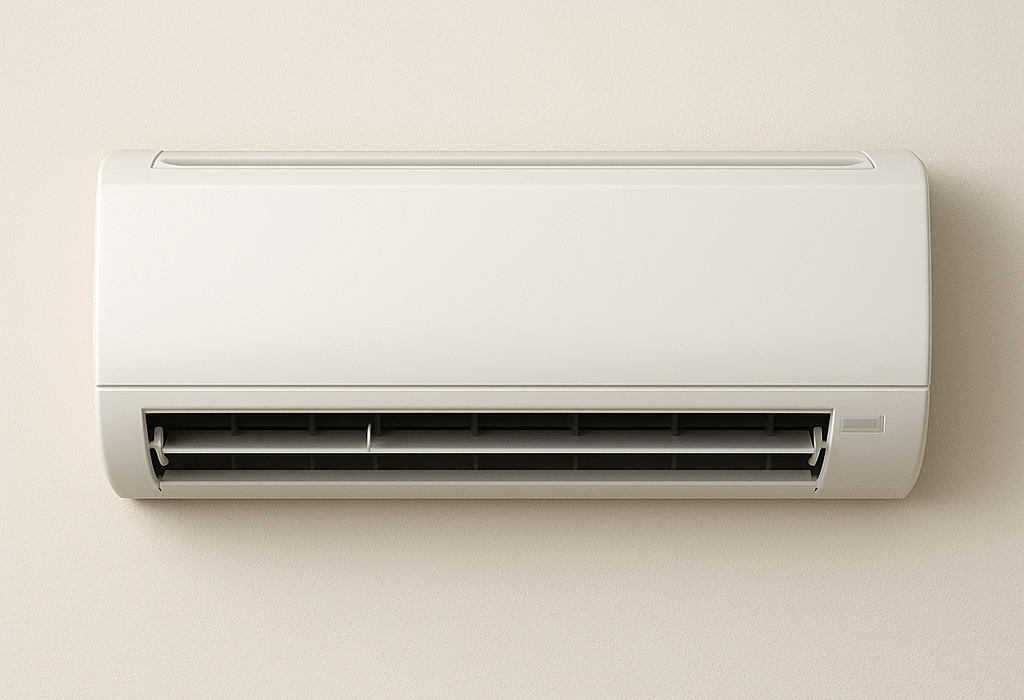Installing air conditioners: theory, tips, common mistakes
Installing air conditioners is necessary to create comfortable conditions in residential and commercial premises. Correct air conditioning system installation ensures efficient equipment operation and a long service life.
This article provides information about the main stages of installing air conditioners, useful tips from Los Angeles air conditioning contractor https://www.kan-service.com/hvac-repair for choosing and installing equipment, and an analysis of typical mistakes that can be avoided.
Operating principle of air conditioners
Main elements of the system
An air conditioner consists of several key components:
- Indoor unit — is installed indoors and provides cooling or heating of the air.
- Outdoor unit — is mounted outside the building and removes heat from the room.
- Pipelines — connect the indoor and outdoor units, ensuring refrigerant circulation.
- Electrical cables — are necessary for power supply and control of the system.
Operating principle
The operating principle of the air conditioner is the circulation of the refrigerant between the indoor and outdoor units. During operation, the refrigerant evaporates in the indoor unit, absorbing heat from the room, and condenses in the outdoor unit, releasing heat outside. This process ensures efficient cooling of the air inside the room.
Stages of air conditioner installation
Preparation for installation
Before installing the air conditioner, it is necessary to carry out several preparatory works:
- Choosing a place for installation: The indoor and outdoor units should be located to ensure maximum efficiency and ease of maintenance.
- Preparing tools and materials — ensure you have all the necessary tools and materials for installation.
- Checking the electrical network: Ensure that the room’s electrical network meets the requirements of the air conditioner.
Installing the indoor unit
The indoor unit’s installation begins with attaching the mounting plate to the wall. Then, the unit is mounted on the plate and connected to the pipelines and electrical cables.
Installing the outdoor unit
The outdoor unit is installed on a special bracket fixed to the outer wall of the building. The unit is connected to the indoor unit through pipelines and electrical cables.
Starting and checking the system
After completing the installation of the air conditioner, its test run is carried out. The piping connection’s correctness, the connections’ tightness, and the electrical components’ operation are checked. The system operation in various modes (cooling, heating, ventilation) is also checked.
Useful tips for installing air conditioners
Selecting a location for installation
- Indoor unit:
Avoid installing the unit above heat sources (radiators, stoves) and in places exposed to direct sunlight. The optimal location for the unit is on the wall at a height of 2–2.5 meters from the floor. - Outdoor unit:
Place the unit on a strong and stable surface that provides good air access for cooling. Avoid installing the unit in places subject to strong vibrations and noise.
System maintenance
Regular maintenance is necessary to ensure the air conditioner’s long and reliable operation. This includes:
- Cleaning the filters
- Checking the condition of the pipelines and electrical connections
- Monitoring the level of refrigerant in the system
Typical installation errors
- Incorrect pipeline connections can lead to a refrigerant leak and a decrease in the system’s efficiency.
- Failure to properly seal connections leads to refrigerant leakage and the need to frequently refill the system.
- Incorrect connection of electrical cables can damage the equipment and create dangerous situations.
Tips for installing air conditioners:
- Choose the right location for the indoor unit. Do not install the air conditioner opposite the bed or work area to avoid direct exposure to cold air.
- Consider the noise level. When choosing a location for the outdoor unit, avoid installing it near bedroom or living room windows, as the operating compressor can create noise.
- Trust the professionals. Even if you have basic installation skills, it is better to seek help from specialists, as they will ensure compliance with all technical standards.
- Check the quality of the materials. Various tubes and connections are used during installation, which must be made of durable materials resistant to wear and corrosion.
Common mistakes when installing air conditioners:
- Incorrect placement of units. An indoor unit installed too close to the ceiling or in a corner may distribute air poorly, leading to ineffective cooling.
- Errors in connecting the drainage system. An incorrectly installed drain pipe can cause water to drip onto the floor or walls.
- Neglecting vacuuming. Skipping this step can reduce the service life of the compressor and cause it to break.
Conclusion
Installing an air conditioner is a complex and multifaceted process that requires compliance with many technical standards and rules. Paying attention to the choice of location, correct installation, and high-quality connection will ensure the air conditioner’s uninterrupted operation for many years. This is the key to a comfortable microclimate in your home or office and maintaining the whole family’s health.

